It’s Joseph in Northern Indiana here today. As spring arrives, so many of our gardens are full of daffodils and tulips and other examples of spring-blooming species from around the world that I thought I’d take a moment to celebrate the spring bloomers that are native to my part of the world. The woodlands of the eastern half of North America are full of native spring-blooming wildflowers that just don’t get as much appreciation in gardens as some of the European species we’re all so familiar with.
This little wildflower is called purple cress (
Cardamine douglassii, Zones 4–8). Native to a wide swath of eastern North America, it blooms in spring with these wonderful clouds of pink flowers. Like so many early spring bloomers, it then goes dormant and disappears for the summer.
Where purple cress is happy, it makes a great carpet of flowers. I’ve never seen it growing in gardens, though I’m not sure why. I want to try it this year if I can find a source.
Bloodroot (
Sanguinaria canadensis, Zones 3–8) is such a beautiful native spring bloomer—though the flowers last SUCH a short time that it isn’t always the best garden plant. But I love seeing it in the wild when I manage to catch it in flower.
Sometimes trout lily (
Erythronium americanum, Zones 2–8) is mostly just leaves, but some forms flower heavily, and when they do, they’re as beautiful as any daffodil or tulip.
Of course, I have to include great white trillium (
Trillium grandiflorum, Zones 2–8), which is such a beautiful native wildflower. It is easy to grow in a normal shade garden, just as long as you can protect it from deer.
Rue anemone (
Thalictrum thalictroides, Zones 4–8) looks so delicate with almost ferny foliage and clouds of white flowers. But it is a tough little plant, thriving in even difficult shady sites with great spring flowers before going dormant in the summer.
Dutchman’s britches (
Dicentra cucullaria, Zones 3–7) grows from tiny bulbs that give it its other common name of “squirrel corn.” I love the whimsical little flowers and ferny foliage.
Spring beauty
(Claytonia virginica, Zones 3–9) lives up to its name, with its clouds of small pink flowers. In the wild and in gardens it will spread to form big carpets where it is happy.
Have a garden you’d like to share?
Have photos to share? We’d love to see your garden, a particular collection of plants you love, or a wonderful garden you had the chance to visit!
To submit, send 5-10 photos to gpod@taunton.com along with some information about the plants in the pictures and where you took the photos. We’d love to hear where you are located, how long you’ve been gardening, successes you are proud of, failures you learned from, hopes for the future, favorite plants, or funny stories from your garden.
Have a mobile phone? Tag your photos on Facebook, Instagram or Twitter with #FineGardening!
Do you receive the GPOD by email yet? Sign up here.
Fine Gardening Recommended Products
Attracting Beneficial Bugs to Your Garden, Revised and Updated Second Edition: A Natural Approach to Pest Control
Fine Gardening receives a commission for items purchased through links on this site, including Amazon Associates and other affiliate advertising programs.
This revised and updated edition of Jessica Walliser’s award-winning Attracting Beneficial Bugs to Your Garden offers a valuable and science-backed plan for bringing balance back to the garden. With this indispensable gardening reference—now updated with new research, insights, and voices—learn how to create a healthy, balanced, and diverse garden capable of supporting a hard-working crew of beneficial pest-eating insects and eliminate the need for synthetic chemical pesticides.
Planting in a Post-Wild World: Designing Plant Communities for Resilient Landscapes
Fine Gardening receives a commission for items purchased through links on this site, including Amazon Associates and other affiliate advertising programs.
Featuring gorgeous photography and advice for landscapers, Planting in a Post-Wild World by Thomas Rainer and Claudia West is dedicated to the idea of a new nature—a hybrid of both the wild and the cultivated—that can nourish in our cities and suburbs.
The Nature of Oaks: The Rich Ecology of Our Most Essential Native Trees
Fine Gardening receives a commission for items purchased through links on this site, including Amazon Associates and other affiliate advertising programs.
The Nature of Oaks reveals what is going on in oak trees month by month, highlighting the seasonal cycles of life, death, and renewal. From woodpeckers who collect and store hundreds of acorns for sustenance to the beauty of jewel caterpillars, Doug Tallamy illuminates and celebrates the wonders that occur right in our own backyards. He also shares practical advice about how to plant and care for an oak, along with information about the best oak species for your area.









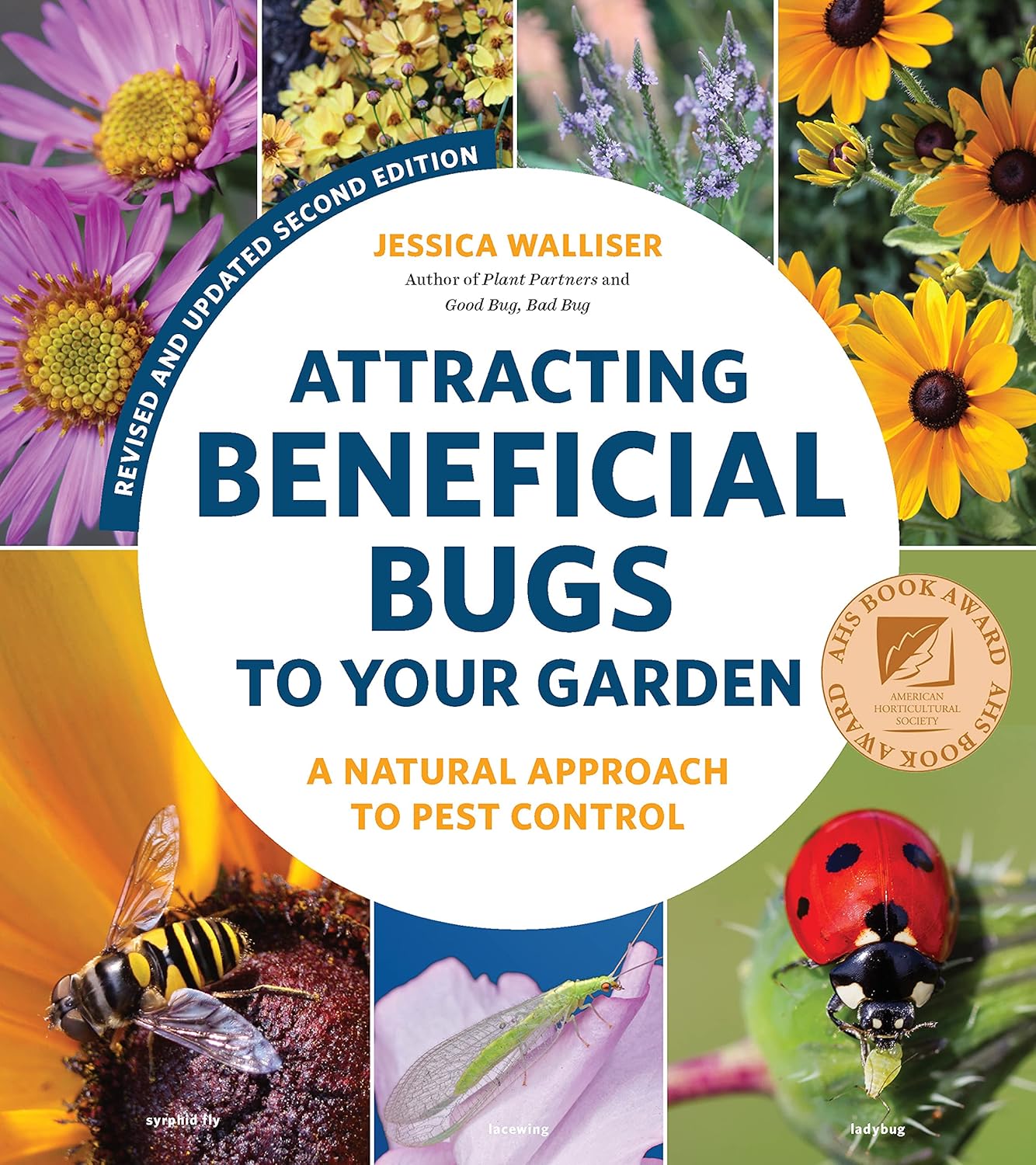
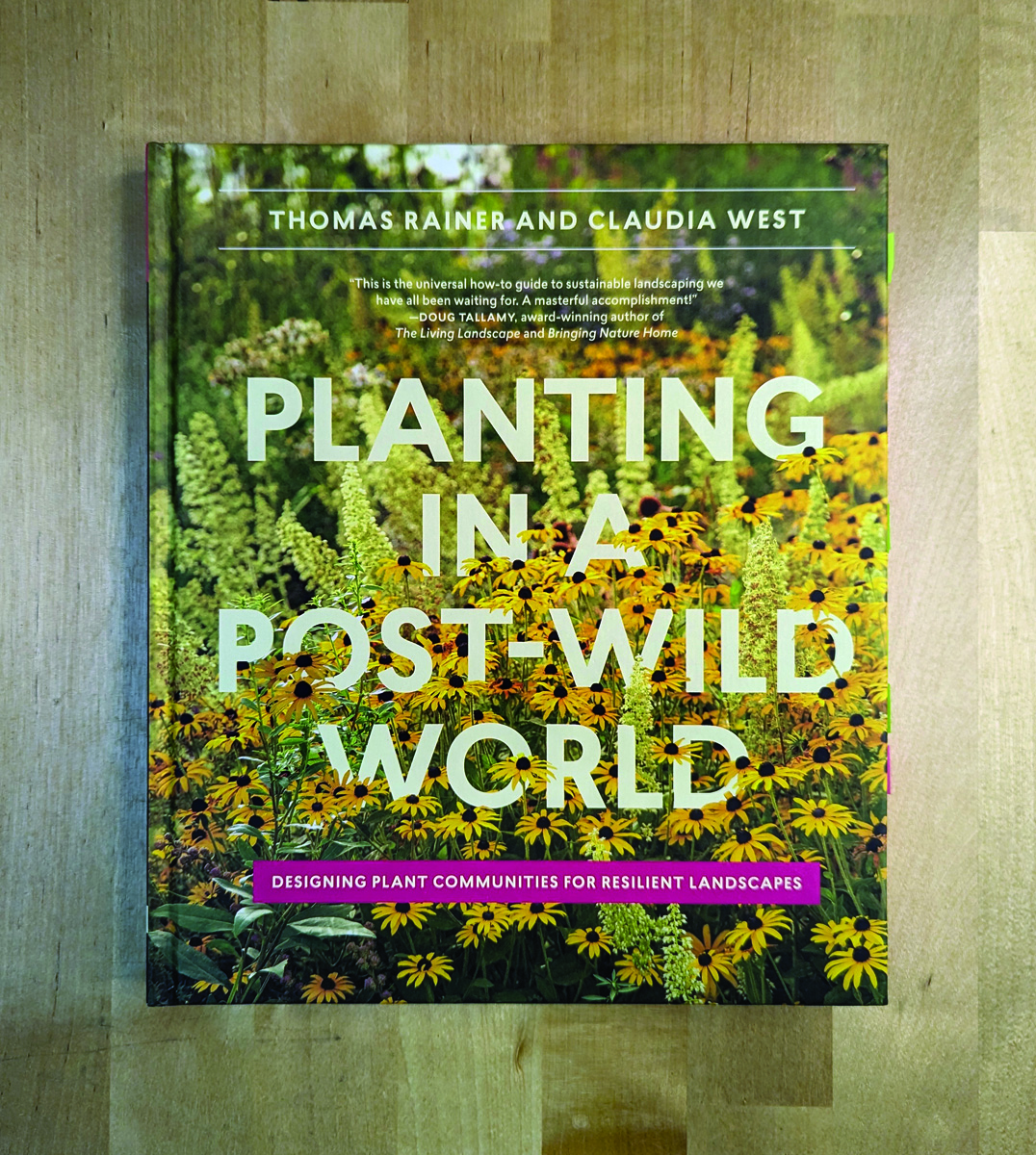
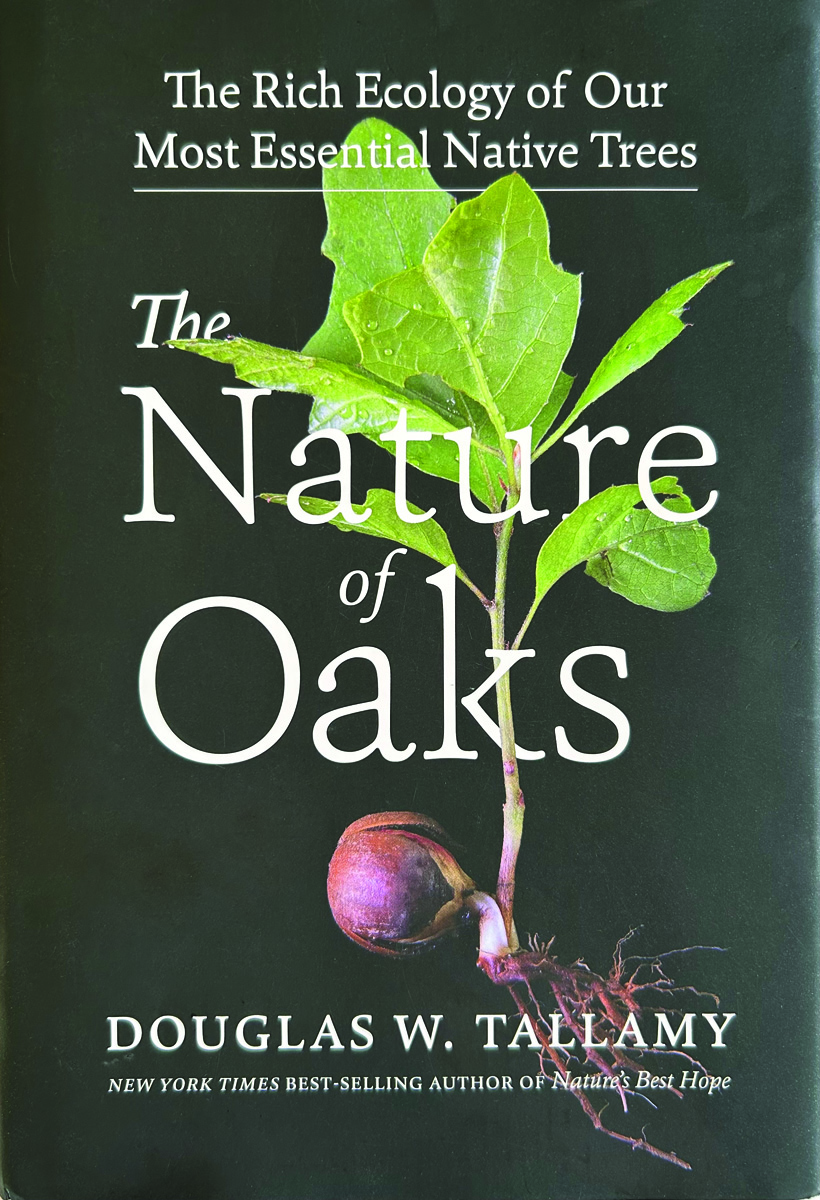


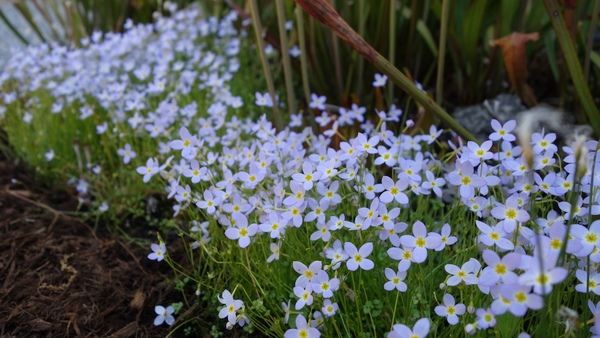

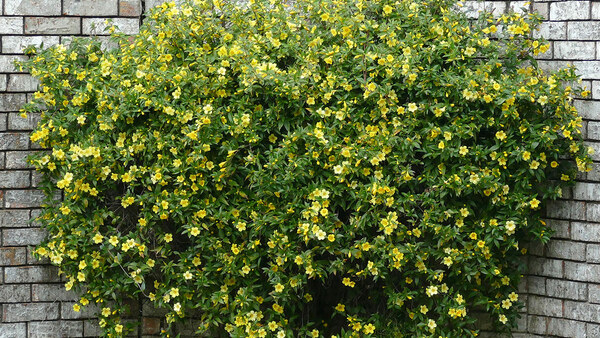

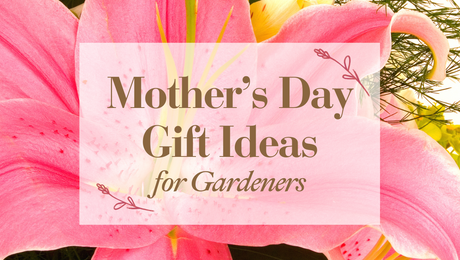
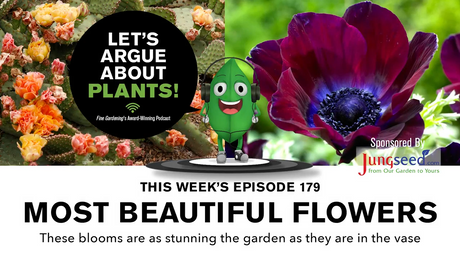


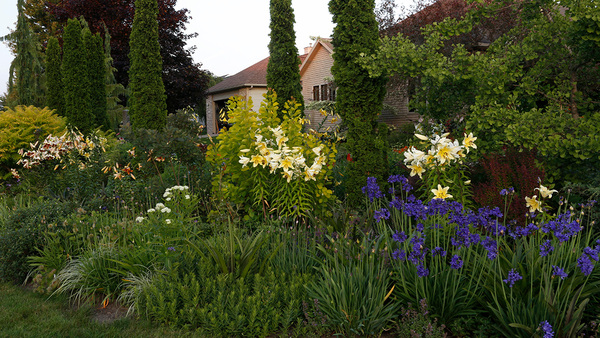



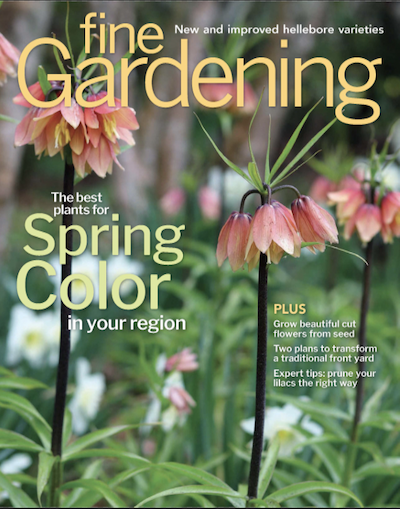



Comments
What a wonderful post! Thanks so much!
Beautiful photos! Thank you for featuring native plants, they are so much more interesting than what we usually see, and provide much needed wildlife value.
Love the native flowers!
Thanks for sharing...
Beautiful! I agree that these native spring ephemerals are often overlooked but are so wonderful to see in bloom. I visited the North Carolina Botanical Garden in Chapel Hill, NC last week and the Mountain Habitat garden was awash in the blooms of trillium, columbine, phlox, hepatica, trout lilies, thalictrum, mayapples, and the interesting Little Brown jug (Hexastylis arifolia). Red buckeye was also in bloom while the many ferns were in the process of uncoiling. Like your photos, all of these spring beauties are stunning.
Hi Joseph, I agree, these natives are charming. In California, at least the parts I have lived in, our springs are overtaken so quickly by the heat of approaching summer that we don't get a chance to see natives that can't take the heat. Our poppies are pretty and tough and Lupin you sometimes see by the roadsides for a short time. I have a friend who is head of a mountain bike patrol, in the Santa Monica mountains that run from the ocean inland. She is also a painter who is very focused on wild flowers. She often shares photos on Facebook of the wild flowers she encounters on her daily rides. I will tell her about Fine Gardening Magazine.
Kathy Sandel
JOY!!!!!
Nice photos and I learned about some new plants!
I love all the native plants! Trout lily is my favorite. Beautiful!
Log in or create an account to post a comment.
Sign up Log in